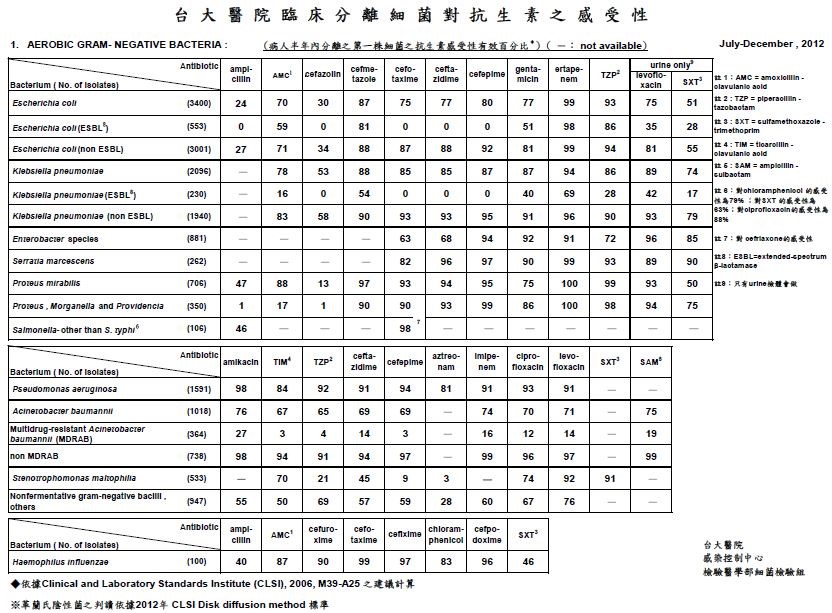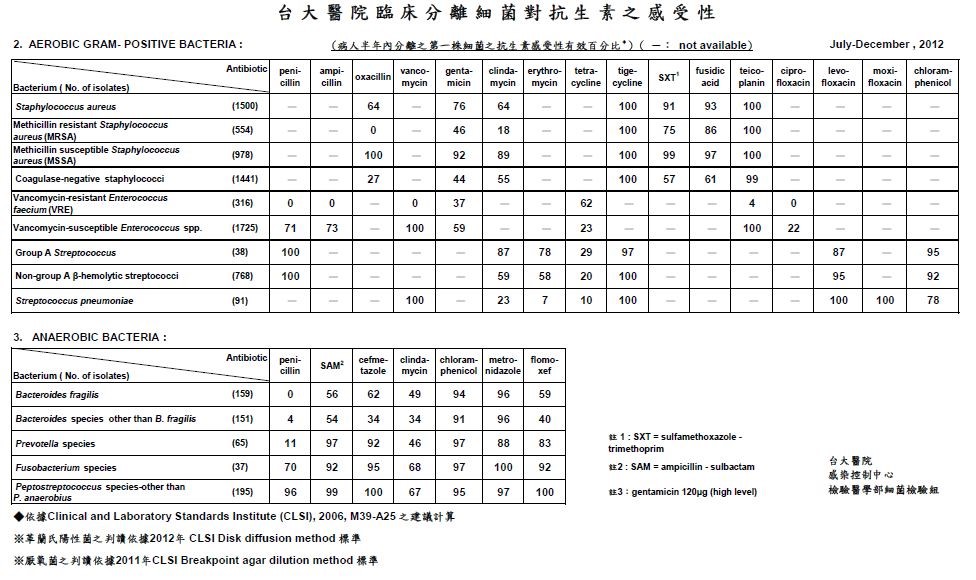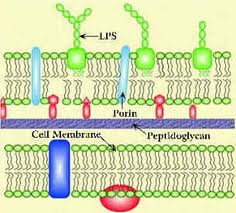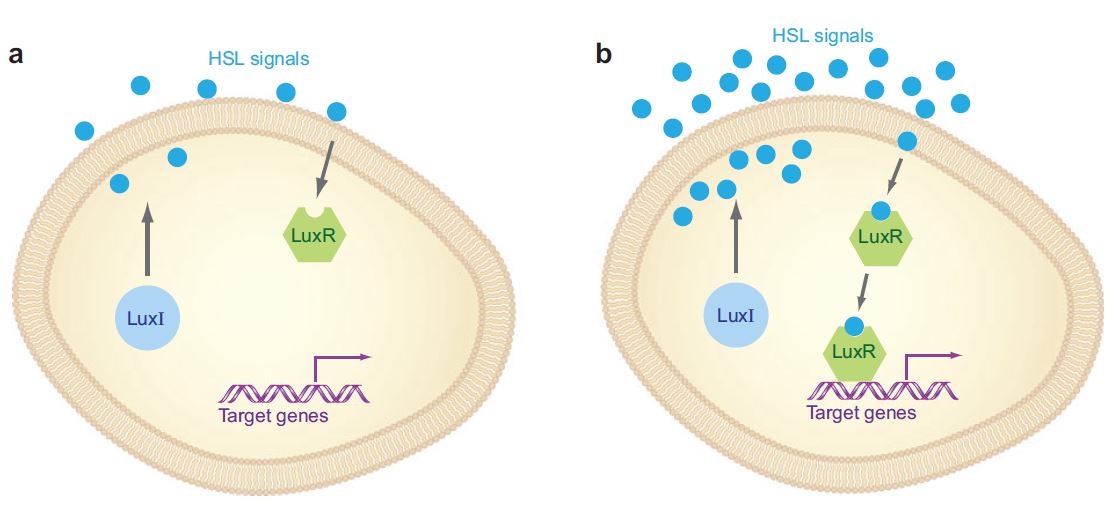Team:NTU-Taida/Project/Background
From 2013.igem.org
Contents |
Bacterial infection
Bacterial infection is the invasion of bacteria into one’s body. They reproduce and multiply themselves, causing disease by local cellular injury, secretion of toxins, or antigen-antibody reaction in the host. The spectrum of bacteria changes with time and the introduction of antibacterial agent. Nowadays, the emerging issue in this field is the appearance of multiple drug-resistant (MDR) bacteria and extensive drug-resistant (XDR) bacteria. Yet the development of resistant strains of bacteria could be limited by the judicious use of antibiotics. In order to use the appropriate drug, knowing the antibiotic pattern of the invading bacteria is of importance. The routine process to identify causative organism in hospital, culturing and sensitivity testing for a specific antibiotic, is found to be sensitive.
Bacterial infection may be further classified by where the infection occurs, into community-acquired infection and nosocomial infection. The strains of bacteria, infection site, and epidemiological transmission pathway all differ between them. Nosocomial infection is of increased importance. MDR or XDR are present in hospital environments such as MRSA (Methicillin-resistant Staphylococcus aureus) and Acinetobacter. The Table below is the susceptibility of antibiotics of clinical separated bacteria from NTUH (National Taiwan University Hospital) at 2012. Urinary tract infections, pneumopathy, and infections of surgery site are most common because of the formation of biofilm on the surface of catheters, endo-tubes, etc. What’s worse, because of the drug-resistance, diagnosis and treatment of bacterial nosocomial infection become a serious problem. The identification of bacteria and new drugs is required.
Quorum Sensing System in G+ Bacteria
Gram-positive bacteria, characterized with a relatively thick layer of peptidylglycan, generally use peptides as quorum sensing molecules. These peptides are called autoinducing peptides (AIPs); when produced by specialized AI synthase, they can be either transported from(outside?) the cells through a specific membrane-bound transporter, or processed and secreted directly from the membrane. A high concentration of extracellular AIPs indicates high cell density. By binding to its cognate membrane-bound sensor kinase or intracellular receptor, the quorum sensing signal is transmitted back and spread to other bacterial cells, creating an inter-cellular communication network. The cytoplasmic response regulator, which controls the downstream virulence factors and AI(AIP?) synthase, is phosphorylated by the histidine kinase receptor upon extracellular binding of AIPs, or is activated by the intracellular receptor-AIP complex itself (Figure 1).
Together from a module-based point of view, the whole process of quorum sensing includes production, detection and response. Collectively these modules are termed a two-component system.
Clinically important Gram-positive bacteria include Staphylococcus aureus and Streptococcus pneumoniae, responsible for skin and respiratory infections respectively. S. aureus uses the agr as its quorum sensing system.
Quorum Sensing System in G- Bacteria
The cell wall of Gram-negative bacteria is composed of a relatively thin layer of peptidoglycan and an outer membrane which contains lipopolysaccharide (LPS). Due to its structure, quorum sensing molecules diffuse through the cell membrane and bind with intracellular receptors.
Generally speaking, quorum sensing system in gram negative bacteria functions as follows (Take LasI/LasR system for example):
The LasI gene encodes an autoinducer synthase(LasI), and this autoinducer synthase produces quorum sensing molecules(autoinducers) called acyl-homoserine lactone(AHLs). Another gene LasR encodes for the response regulator of the autoinducers. Regulators bind with autoinducers and form complexes. They bind on target promoters, and then either activate or inhibit relevant down-stream genes.
Under low bacterial concentration, target genes are under minimum expression (Figure a above), but as bacterial concentration elevates, AHL molecules begin to bind with the intracellular response regulators and promote the expression of target genes, many of them related to bacterial virulence or biofilm formation. Therefore, there is a close relationship between bacterial resistance and quorum sensing. Besides having species-specific quorum sensing system, many species of gram-negative bacteria share a type of quorum sensing molecule, the AI-2(autoinducer-2) molecule.
PQS system in Pseudomonas aeruginosa
 "
"






